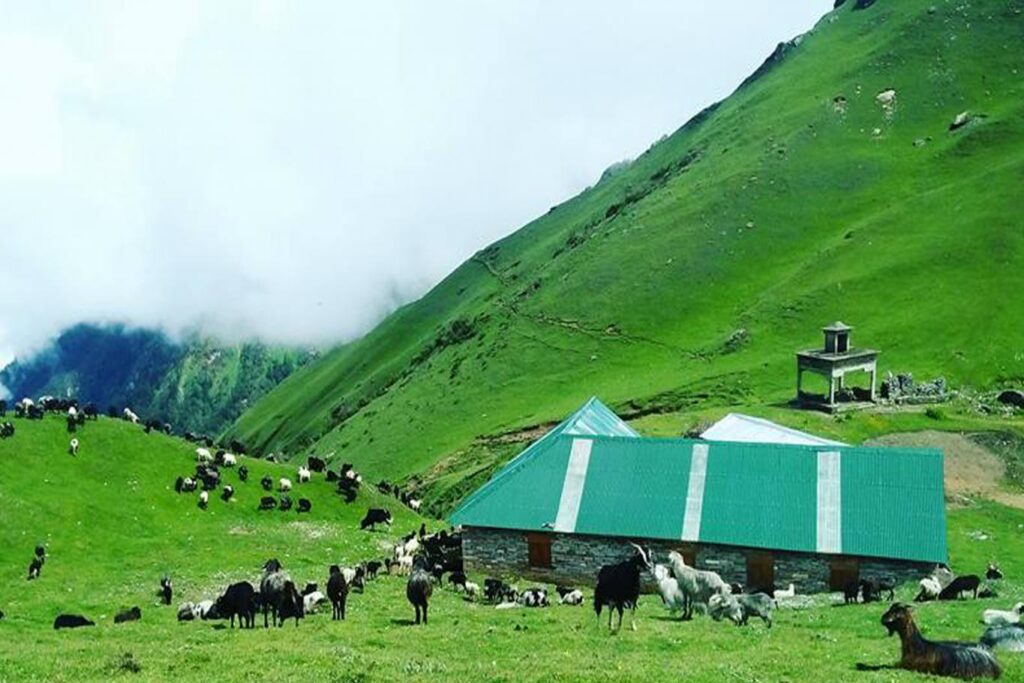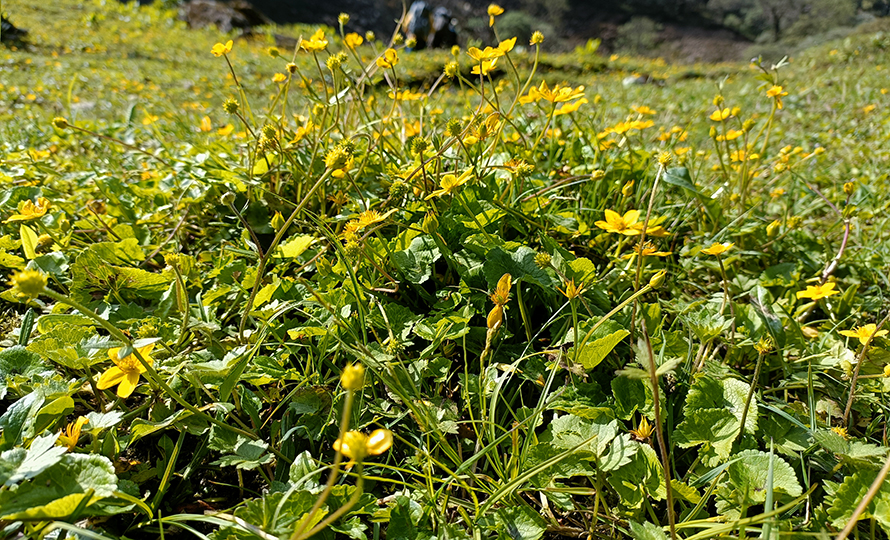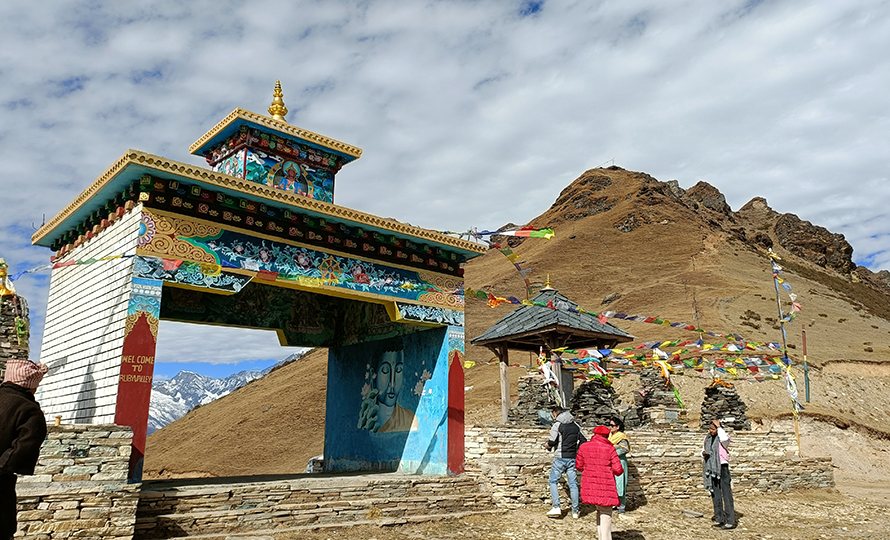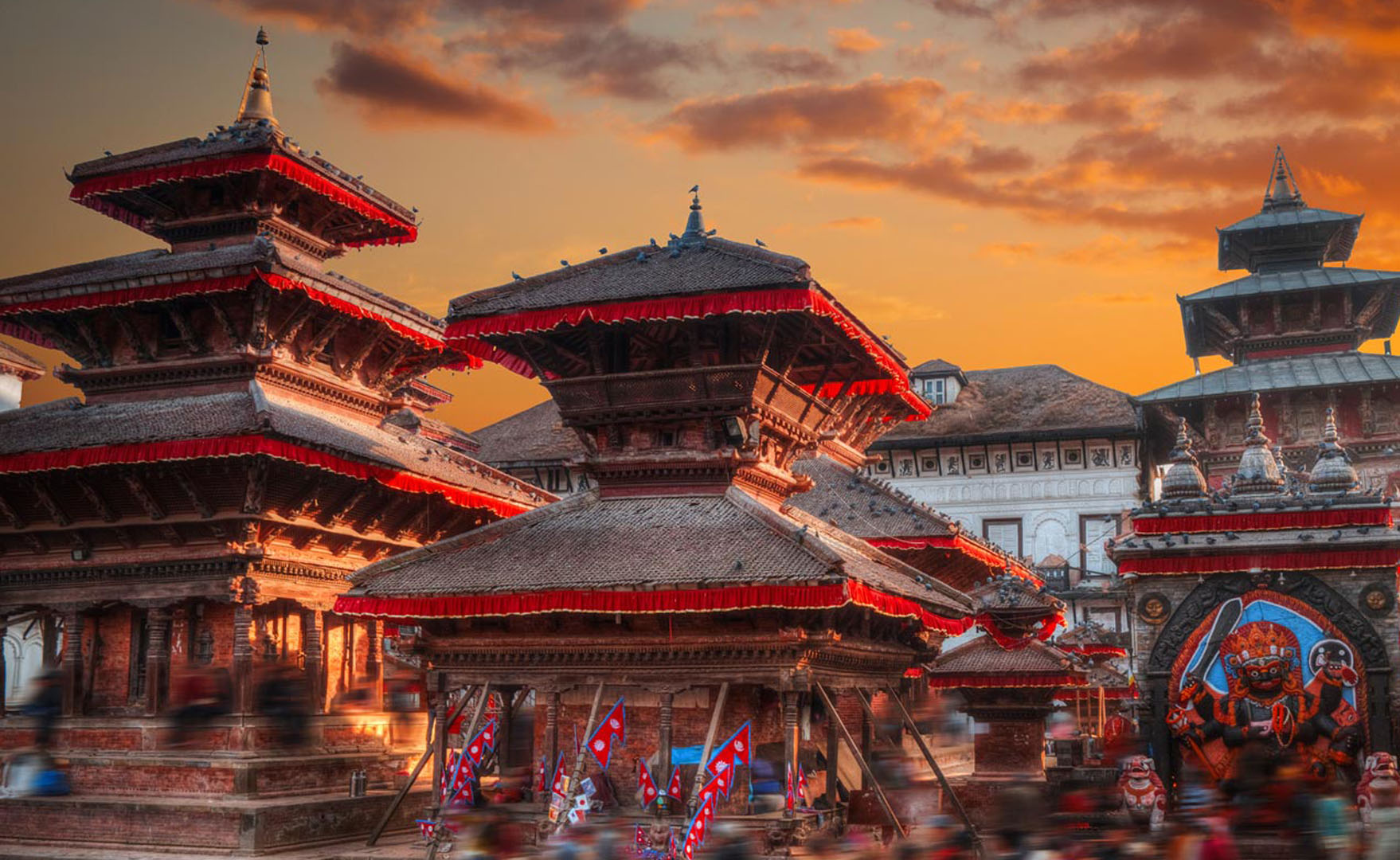Rubi Valley, located in northern Dhading, Nepal, is a rural municipality covering 401.85 square kilometers and named for its once-abundant rubies. While rubies are still found, their distribution is now limited due to unregulated mining and smuggling. The valley also has deposits of iron, zinc, and lead, although these mines are no longer operational.
Because of its abundance of biodiversity, the Rubi Valley is a popular location for ecologists, zoologists, and botanists. Colorful rhododendrons adorn its deep forests, which are home to endangered animals including the snow leopard, musk deer, and red panda. Beautiful views of snow-capped mountain ranges including Dhaulagiri, Annapurna, and Manaslu may also be seen from the valley.
With sizable Tamang communities that provide insight into their customs and way of life, the region is culturally significant. Villages like Tipling and Sertung are traversed by the Tamang Cultural Heritage Trail, which highlights their festivals, customs, and dances. Intense agriculture, which is uncommon in other regions of the nation, is also supported in the valley despite its isolation.

A Cheap, Easy, and Easy Place to Go
The Rubi Valley Trek is an affordable and accessible Himalayan destination near Kathmandu. The highest point is the Pangsang Pass at 3,840 meters, and the trek can be completed in just 3-4 days. It’s a simple and cost-effective option for those seeking a short escape from the city’s dust and pollution, with stunning views of snow-capped mountains. For those who prefer not to walk, the journey can also be done by four-wheel drive, making it accessible for all travelers. The writer has personally completed the trek multiple times, highlighting its convenience and appeal.
How to Get There?
Basically, there are two ways to get here. There are two routes: one from Dhadingbesi via Borang, Sertung, and Tipling to Syafrubesi, and another via Syafrubesi in Rasuwa, from where you can drive or walk to Dhadingbesi.
Our experience has shown that beginning the trip from Syafrubesi provides a more convenient route, enabling you to see several locations before reaching Dhadingbesi.
You will require a separate itinerary if you wish to visit important locations such as Kalo Dada, Seto Dada, Ganesh Kund, and Ganesh Himal Base Camp.

Day 1: From Kathmandu to Syafrubesi to Gatlang (Black Village)
You can reach Syafrubesi from Kathmandu in the morning by a private four-wheel drive or rented bus, depending on your group size. Regular buses run to Gatlang, but using a private vehicle offers flexibility for stops and photos along the way. By evening, you’ll comfortably reach Gatlang, a Tamang village known as the “Black Village” due to its pine wood shingle roofs, which darkened over time. After the 2015 earthquake, many roofs were replaced with zinc, changing the village’s appearance. You can stay overnight in Gatlang or nearby Parvati Kund, where small hotels and homestays offer local hospitality and dishes.
Day 2: From Gatlang to Somdang
In Gatlang, key sites to visit include the religious Parvati Kund, local monasteries, traditional farming systems, and a Yak milk collection and cheese factory. After breakfast on the second day, you can explore these places. While traveling by vehicle is an option, trekking is recommended for a more immersive experience.
The trek takes you through the Black Forest, an area with blackened trees devastated by wildfires about 20 years ago, covering 300 hectares of pine forest. Along the way, you’ll pass shepherds and herds of sheep and goats grazing in meadows. After about an hour’s walk, you’ll reach Khurpu Bhanjyang at 3,750 meters, then continue northeast for another hour to Somdang at 3,270 meters.
In Somdang, crossing a small river takes you into Dhading district, where you’ll encounter abandoned buildings from the long-defunct Nepal Metal Company. If interested, you can visit the mining area with help from locals. Somdang offers basic hotels where you can spend the night, as there are no accommodations beyond this point.
Day 3: From Somdang to Pangsang Pass (3,840 meters)
After breakfast, the journey continues toward Pangsang Pass. The path is straightforward, passing through meadows with grazing sheep. After a 3-4 hour trek from Somdang, you will reach Pangsang Pass, where stunning views of mountain ranges, including Dhaulagiri, Annapurna, Manaslu, Ganesh Himal, and Langtang, await on clear days.
After a short rest to enjoy the panoramic scenery, you will descend toward Rubi Valley. Along the way, you’ll encounter blooming flowers, fragrant herbs, and green terraces, while local shepherds tend to their herds. The day ends with an overnight stay at a lodge.
Day 4: Continuing the Journey Based on Your Interests
After descending from Pangsang Pass to Tipling, you can customize your journey based on your preferences. From Tipling, it’s a 2-hour walk to Sertung, followed by a half-hour walk to Chalise village, inhabited by the Ghale and Gurung communities. From Chalise, it’s a 3-hour trek to the Rubi Valley’s Pentsiya hot springs for a relaxing bath. If you’d prefer to return to Dhadingbesi on the same day, public jeeps are available from Borang, with a 5-hour ride. You can also spend an extra day resting in Sertung, Tipling, Chalise, Lapa, or Borang to explore local life. The best time to visit is mid-September to early December or mid-March to June, though January or February offers snow at Pangsang Pass (3,840 meters).

Items to Bring
For the Rubi Valley trek, basic trekking gear like shoes and a backpack are sufficient, as food and lodging are available along the route. To maintain an organic experience, it’s recommended to avoid bringing junk food, alcohol, or smoking products.
Despite being an excellent and easily accessible destination, Rubi Valley has lagged behind in popularity due to a lack of promotion and leadership. With proper planning, it has the potential to become a top destination in Bagmati Province. Local authorities and stakeholders should develop strategies to promote the area and offer tourist facilities. The trek is ready for exploration as the valley awaits visitors.




